Solar telescope eyepiece Daystar Quark H-alpha reviewed
Saturday, May 25, 2024
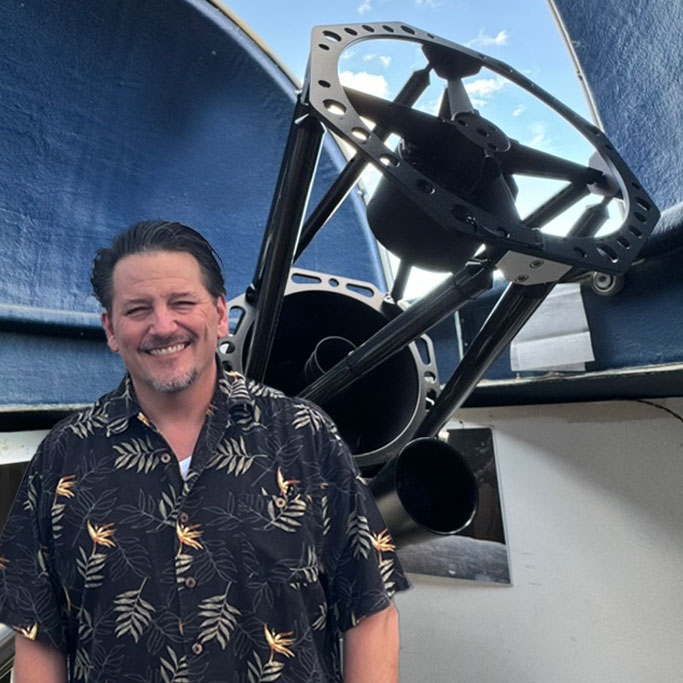
|
Richard Harris |
Ed Ting recently reviewed the Daystar Quark H-Alpha eyepiece, highlighting its unique features, setup process, and performance compared to other solar filters. He provides valuable insights and personal experiences, making it an informative guide for potential buyers considering H-Alpha solar filters.
Imagine you're at the hottest concert of the year, but instead of front-row seats, you've got a telescope pointed at the Sun. Now, you wouldn't stare straight at those blinding stage lights without protection, right? That’s where a solar eyepiece comes in – it’s like the coolest pair of VIP shades for your telescope.
What’s a Solar Eyepiece?
A solar eyepiece is a special kind of eyepiece that lets you stare directly at the Sun without frying your eyeballs. It stands in place of a regular eyepiece and It’s packed with filters that block out all the harmful rays and dim down the blazing brightness to something more eye-friendly. Think of it as SPF infinity for your vision.
Why Do You Need One?
Because looking at the Sun through a regular telescope is like trying to watch a laser light show without sunglasses. Not smart, and definitely not safe. A solar eyepiece makes sure you get to enjoy all the Sun’s details – sunspots, solar flares, prominences – without turning your retinas into toast.
Types of Solar Eyepieces
1. H-alpha Eyepieces: These bad boys let you see the Sun in hydrogen-alpha light. It’s like switching to a cosmic Instagram filter that highlights all the cool stuff like solar flares and filaments.
2. Calcium-K Eyepieces: Want to see the Sun’s secret activities in the calcium K-line? These eyepieces reveal the Sun’s surface texture and active regions in all their calcium-coated glory.
3. White Light Eyepieces: The classic choice for solar observing. Perfect for spotting sunspots and granulation – it’s like seeing the Sun’s freckles up close and personal.
Ed Ting recently reviewed the Daystar Quark Chromosphere, exploring its features and performance as a portable solar filter designed for solar viewing through H-Alpha narrowband filtering, using just about any telescope with it.
Solar telescope eyepiece manufacturer details: Daystar Instruments QUARK Hydrogen Alpha "Eyepiece"
- All-In-One design marries high-quality components of a telecentric barlow, adapters, snouts, and Daystar hydrogen alpha filter into one simple assembly.
- For use on refractors of F/4 to F/8, the user needn't worry about configurations. Just insert it in your diagonal, add an eyepiece and view.
- 1.25" or 2.0" combo eyepiece snouts with safety indent slot directly into your diagonal.
- Standard 1.25 eyepiece drawtube output with optional 2" and SCT accessories available.
- Brass compression ring to protect eyepiece.
- Uses USB power, 5v 1.5amp.
- Includes 90-240VAC wall adapter with international plug adapters.
- Tuning knob allows wing shifting +/- 0.5Ã with detents at every 0.1Ã.
- LED indicator for power, warming, ready, fault.
- 5 year warranty.
- Optional 8-hour battery pack available.
- Integrated, fully baffled 2 element telecentric 4.2X barlow optimized for 656nm.
- Integrated 12mm blocking filter.
- 21mm clear filter aperture.
- Best performance with F/4 - F/8 refractors.
- Full disk viewing is possible on refractors up to ~450mm focal length refractors.
- No aperture limitations. It may be used on larger refractors for higher magnification views.
- Ships in convenient Twist-Case for safe, dust-free storage.
- Not suited for off-axis application.
Price: $1295
Daystar Quark H-Alpha eyepiece review
Ed provides an overview of the Quark H-ALpha "Chromosphere" eyepiece but notes that Quark also sells the eyepiece in a "Prominence" model. He starts by highlighting its impressive ability to enhance solar viewing by narrowing the light band and filtering out other wavelengths, resulting in more distinct solar features. The Quark Chromosphere stands out from its competitors, such as Lunt and Coronado, with its unique design and operational approach. Unlike these popular options, the Daystar filter functions as a standalone unit without a tuning etalon, requiring users to have their own telescope. Its smaller and lighter design enhances portability and ease of use. However, it does require power to warm up before use.
Detailed Setup Process
For those unfamiliar with the setup process, the filter must be positioned first in the telescope's light path, necessitating the attachment of an IR filter and a 30 mm plössl eyepiece. The device includes an LED indicator that turns green when it is ready for solar observation. This warm-up process is crucial as it ensures that the filter reaches the correct temperature to provide clear and distinct views of the sun.
Ed also points out the importance of an adjustment dial for fine-tuning the view. This feature allows users to make precise adjustments to the filter, enhancing the clarity of the observed solar features. Additionally, the built-in 4.3x barlow is a notable feature, providing an enlarged view of the sun. However, this enlargement comes with a trade-off: a narrower field of view. Users need to consider this when planning their observations, as it affects the portion of the sun that can be seen at any given time.
Solar Safety Precautions
Safety is a paramount concern when observing the sun, and Ed emphasizes several precautions to ensure a safe viewing experience. The use of a finder is crucial for locating the sun without risking direct exposure to its harmful rays. A shroud is also recommended to protect from unfiltered light, which can cause serious damage to both the equipment and the observer’s eyes. Ed stresses the importance of careful handling to avoid letting unfiltered light through the telescope, which can result in severe injury.
Performance and Observations
In terms of performance, Ed praises the Quark Chromosphere for its ability to deliver exceptionally clear and detailed views of the sun’s chromosphere. Observing solar prominences, in particular, is where the filter truly shines. These dramatic loops and jets of plasma are rendered with impressive clarity, allowing observers to study their intricate structures in detail. Ed shares images taken with the ASI 224 MC camera, showcasing the filter’s capability to capture high-quality solar images. These images highlight the filter’s effectiveness in isolating specific wavelengths, which significantly improves the clarity and contrast of the observed features.
Comparisons with Other Solar Filters
When comparing the Quark Chromosphere to other popular solar filters from Lunt and Coronado, several key differences emerge. The lack of a tuning etalon in the Daystar filter is a significant distinction. While Lunt and Coronado filters often include this feature to adjust the view of solar features, the Daystar filter relies on its standalone design. This difference can be advantageous for users who prefer a simpler setup without the need for additional adjustments.
The requirement for users to provide their own telescope is another notable difference. This design choice allows for greater flexibility, as users can pair the filter with their preferred telescope. However, it also means that the filter is not a turnkey solution and requires users to have compatible equipment.
Practical Considerations
One practical consideration when using the Quark Chromosphere is its need for an external power source. The filter requires power to warm up before use, which is an essential step for achieving optimal performance. Users need to ensure they have a reliable power source available during their observational sessions. This requirement might be seen as a drawback compared to other filters that do not require external power. However, the performance benefits provided by the Quark Chromosphere often outweigh this minor inconvenience.
User Experience and Recommendations
Ed acknowledges that while the Quark Chromosphere is safe and effective, it does require some practice to become comfortable with the setup and operation. New users may find the initial setup process challenging, but with practice, it becomes more intuitive. The adjustment dial, warm-up requirement, and built-in barlow are features that, once mastered, greatly enhance the user experience.
Potential buyers are encouraged to consider their preferences and needs when choosing between the Daystar, Lunt, and Coronado H-Alpha solar filters. Each has its strengths and unique features, and the best choice depends on individual requirements and observational goals. For those who prioritize portability, detailed solar views, and flexibility in telescope choice, the Quark Chromosphere is an excellent option.

Review of the Quark Chromosphere - A Portable H-Alpha Solar Filter!
Solar photos taken by Ed Ting during his review using the Quark Chromosphere H-Alpha filter
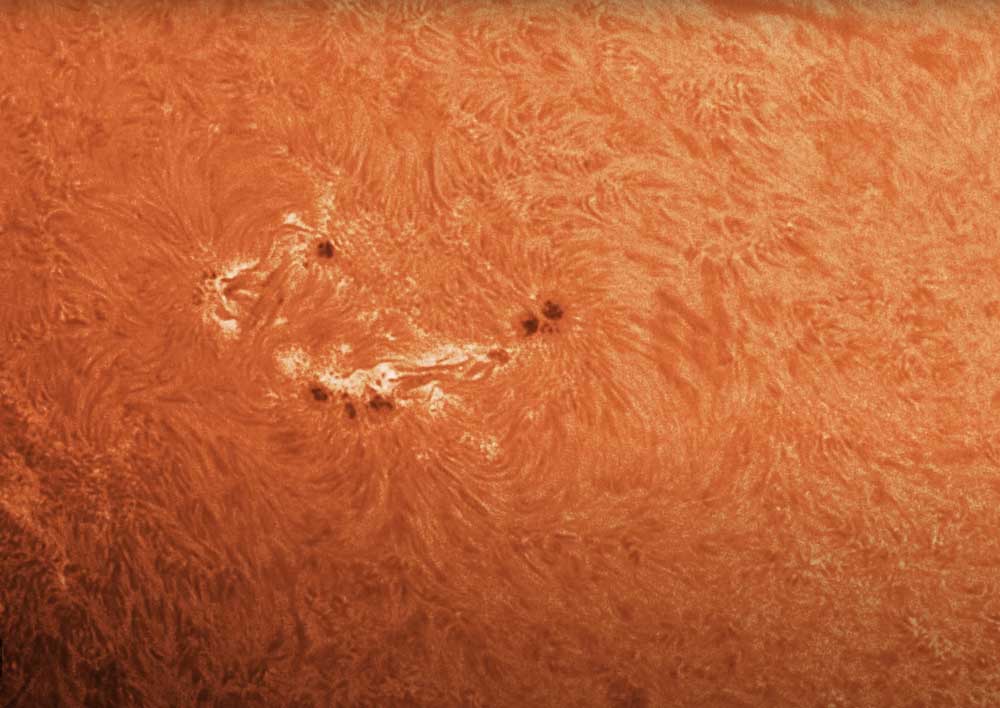
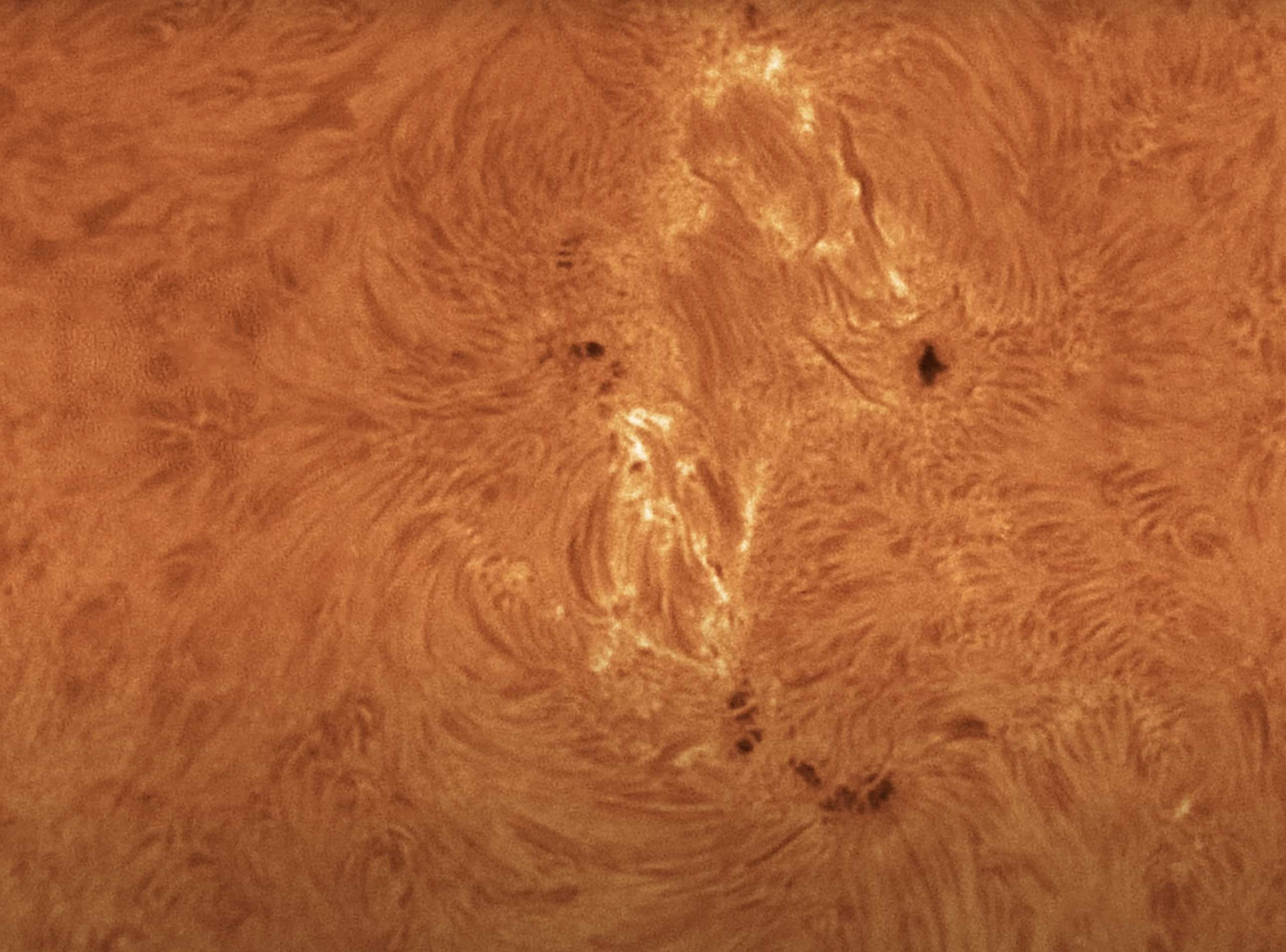
About Ed Ting
Ed Ting is a prominent figure in the amateur astronomy community, with his work featured in numerous astronomy magazines. His articles have been translated into multiple languages, and he is a frequent speaker on astronomy and astrophotography topics. Ed has made appearances on New Hampshire Public Radio and the Manchester, NH-based astronomy TV program. He also runs a popular telescope review website. As an ACEAP Ambassador to Chile and a NASA Solar System Ambassador, Ed is deeply involved in promoting astronomy. He holds a BS in Engineering from the University of Illinois and an MFA from the New Hampshire Institute of Art, where he teaches astrophotography. Additionally, he is pursuing a MALS degree at Dartmouth.
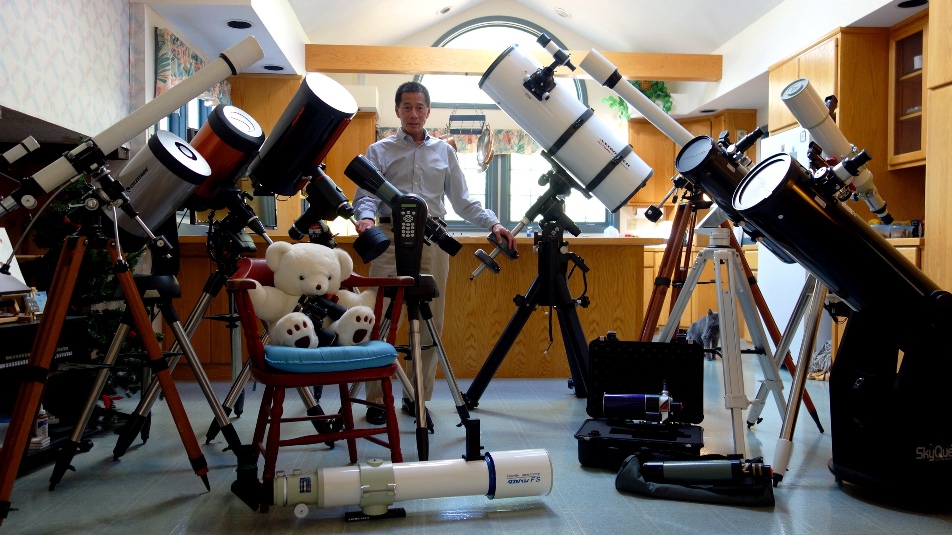
ScopeTrader's latest survey
Featured Stories
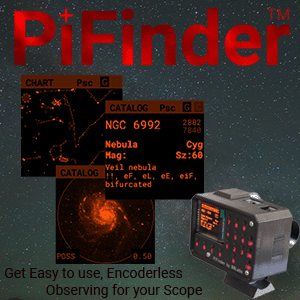
Stay Updated
Sign up for our newsletter for the headlines delivered to youSuccessFull SignUp

|
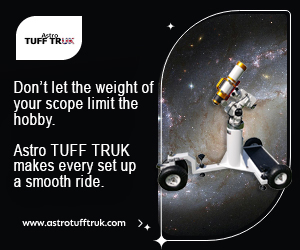

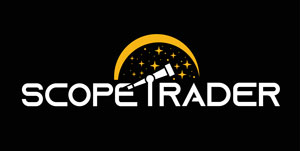
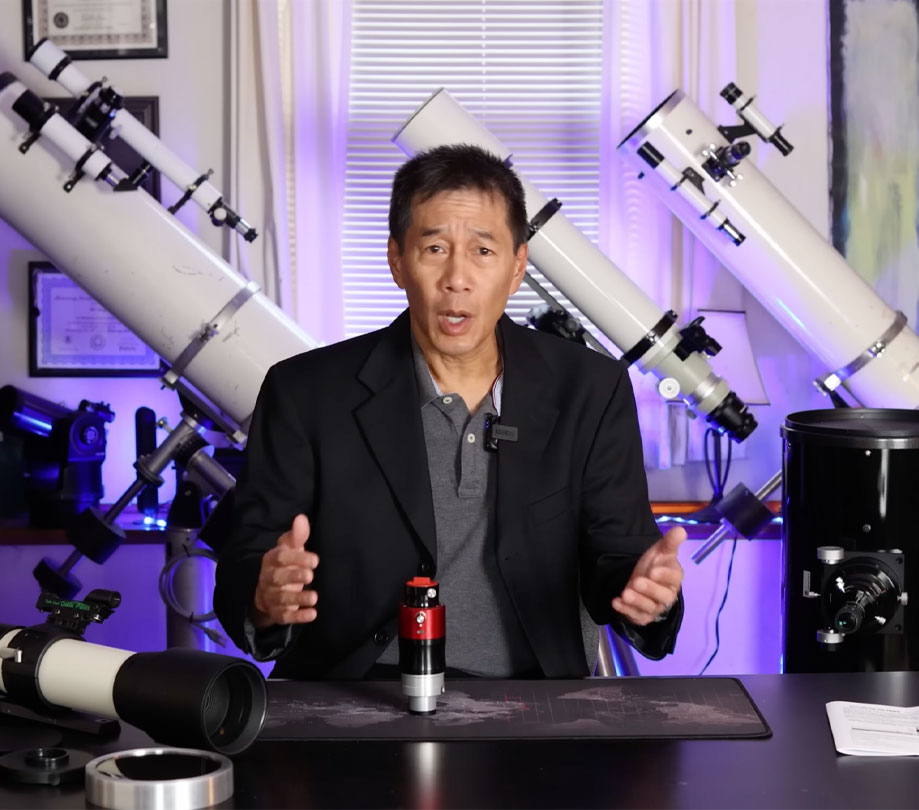

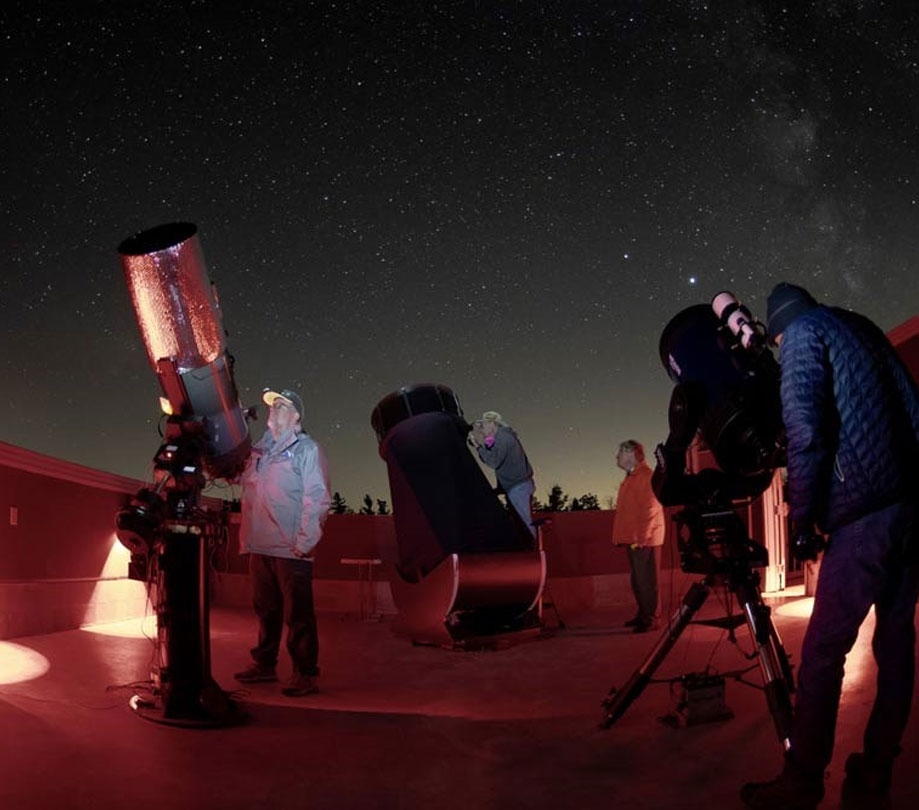
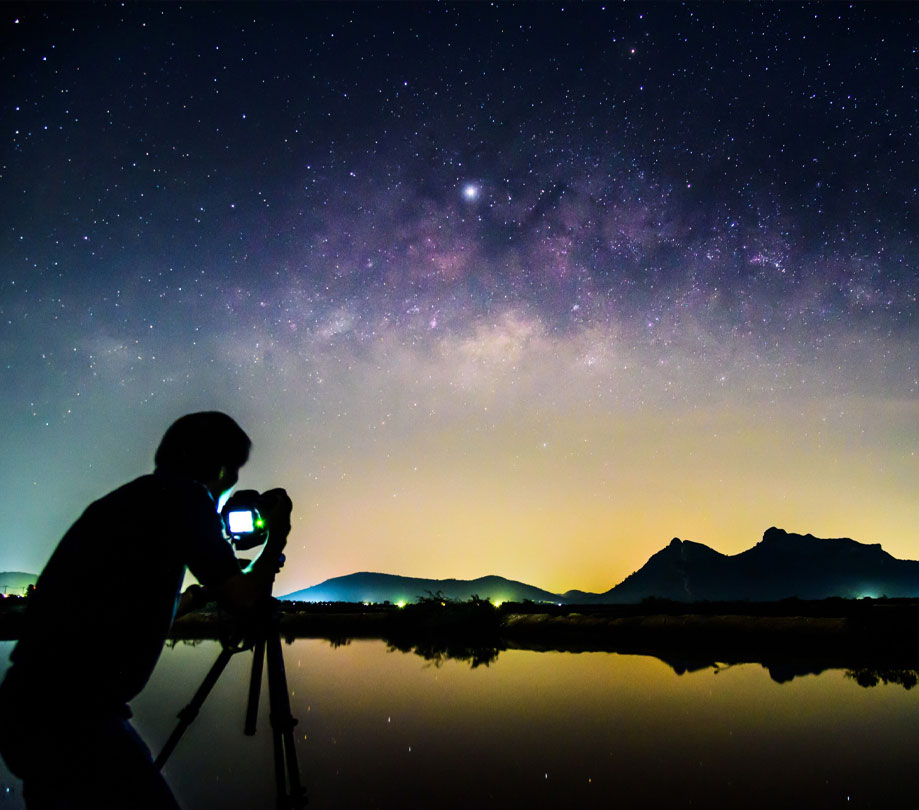
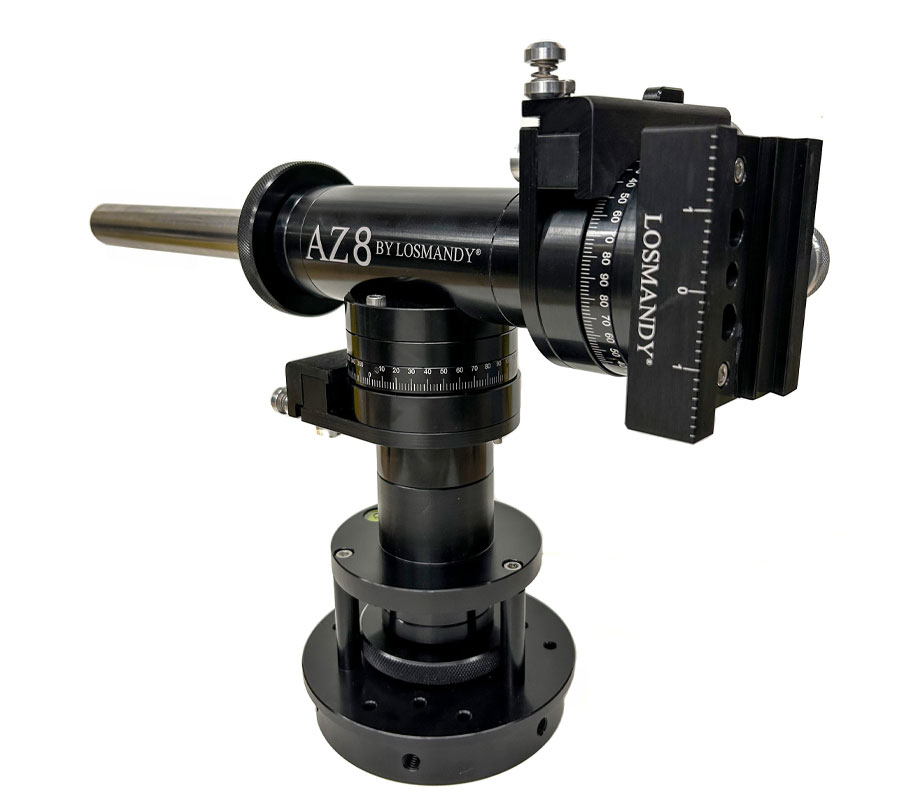
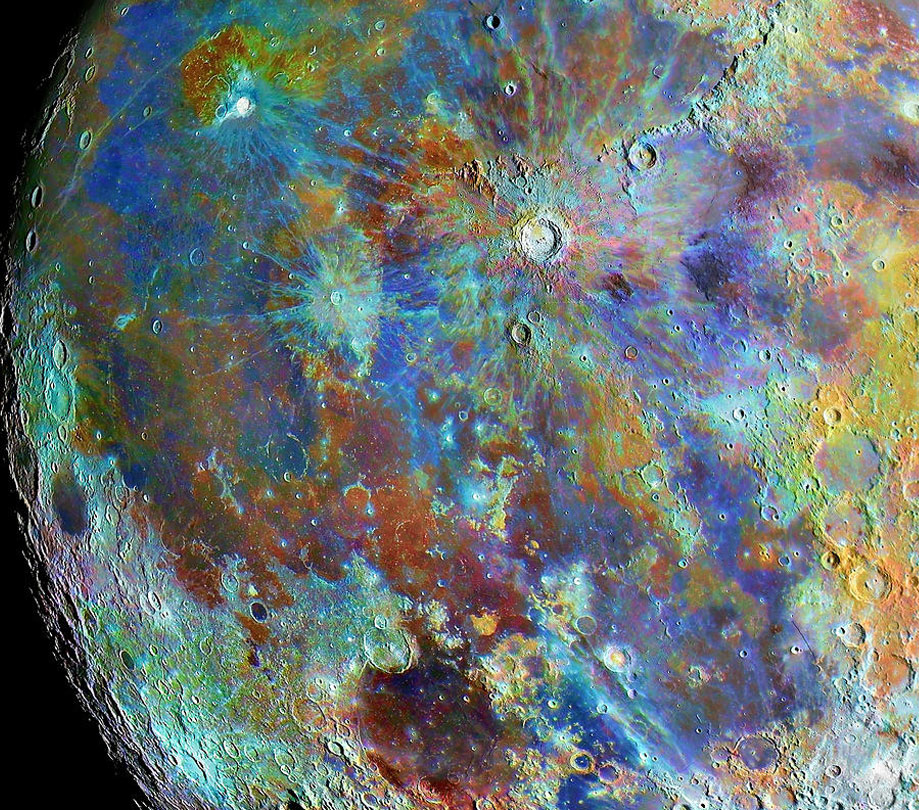
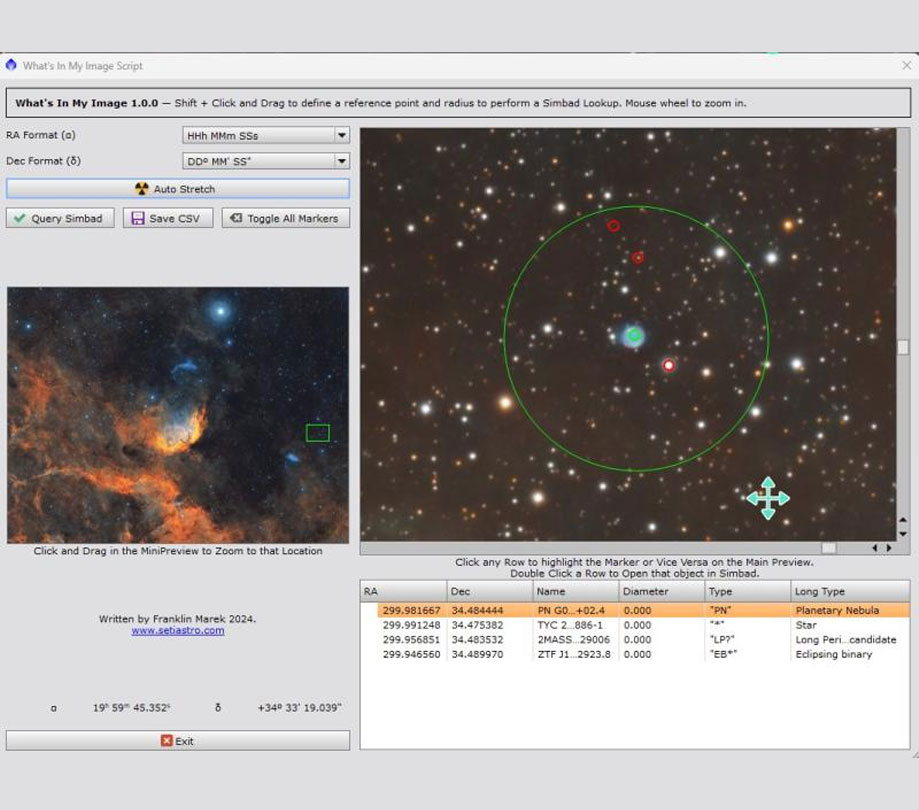
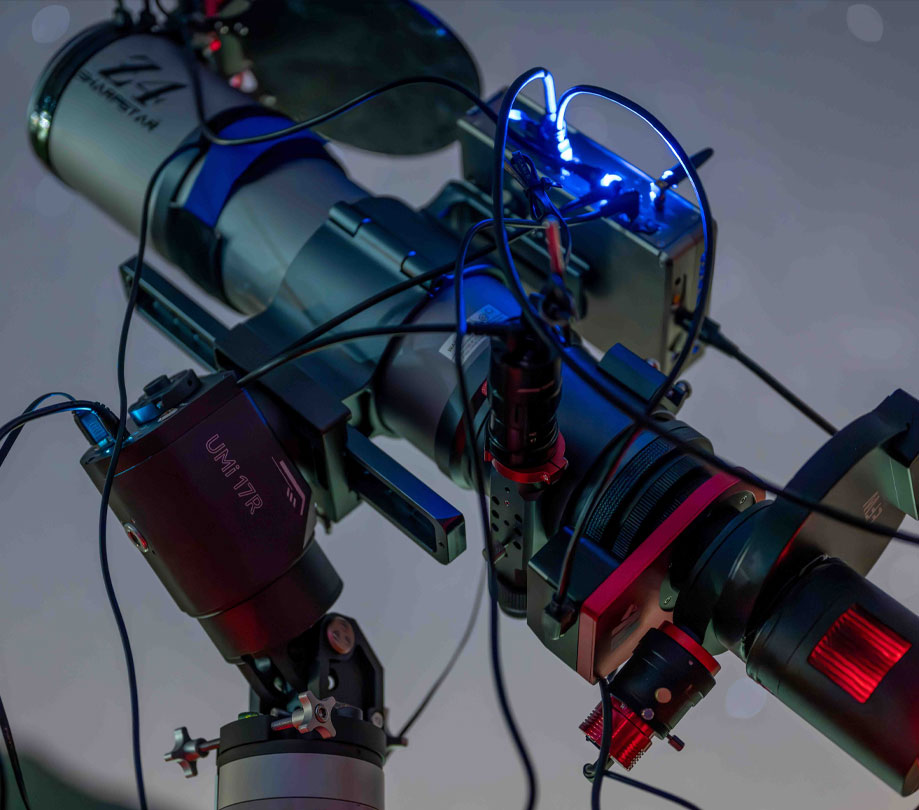
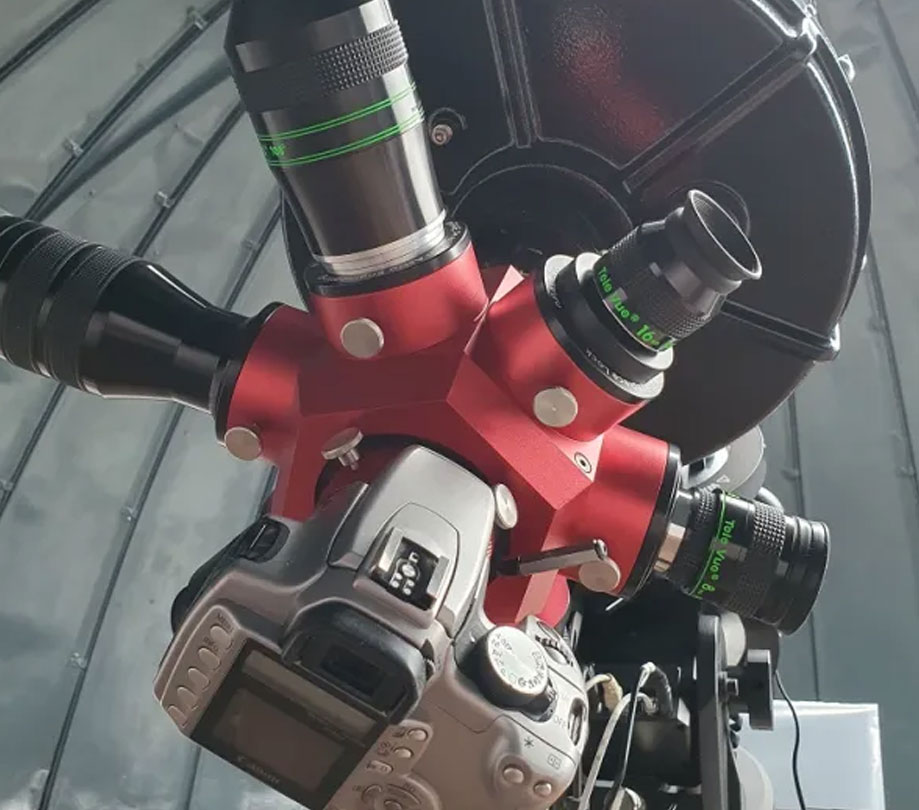
Comments